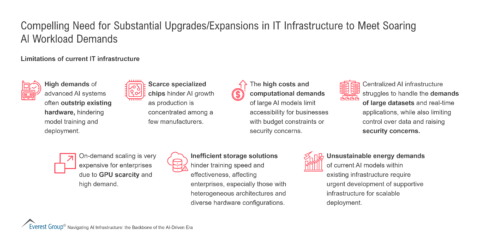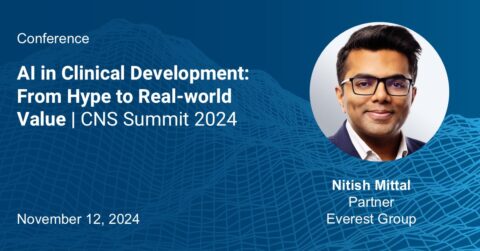Reimagine growth at Elevate – Dallas 2025. See the Agenda.
Filter
Displaying 1-10 of 338
Emerging IT Services Outsourcing Trends and Deal Strategies in EMEA | Webinar
On-Demand Webinar
1 hour
AI in Clinical Development: From Hype to Real-world Value | CNS Summit 2024
November 14, 2024
Everett, MA
Sourcing for Marketing & Experience Services: Key Considerations | LinkedIn Live
On-Demand LinkedIn Live
1 hour












